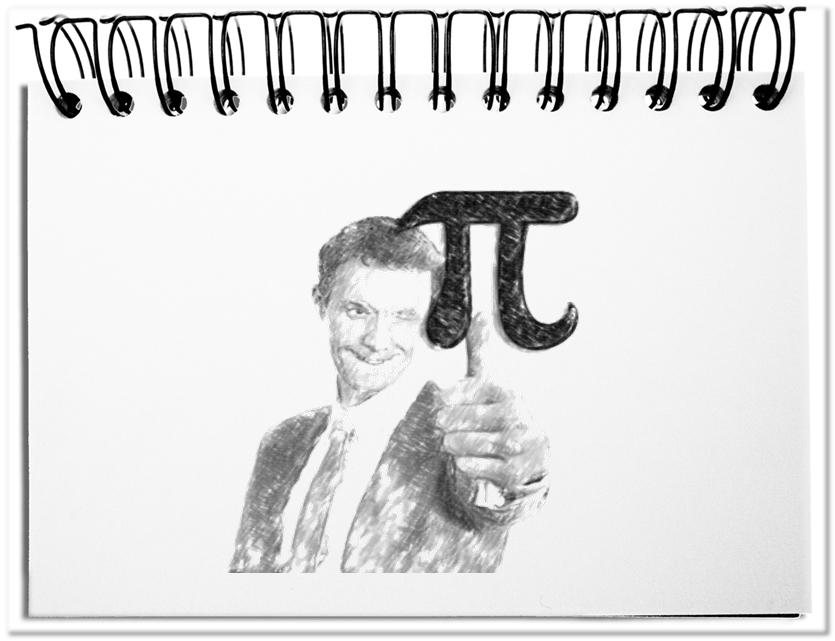The quality of products and services is in the created deliverables and in the eyes of the consumers, not in the external evaluations. And fewer and fewer people trust their own perception. As a result, things are bought and consumed that praised by other people, recommended by so-called neutral institutions or provided with a corresponding seal of approval. Companies follow the evaluation criteria and spare their own understanding of quality. There are many arguments for using general criteria for evaluating the deliverables. However, in the long term, it is fatal to abandon your personal quality standards in favor of external criteria that are used by everybody. The customers do not buy a quality seal, but good products and services. If the internal scale consists only of the fulfillment of external quality criteria, then you are in the dead end of external evaluations.
The following bullet points consider this trend.
- Only what is assessed is evaluated
Within the scope of a certification, the responsible people consider a certain number of objectively measurable or personally expressed characteristics, e.g. the pollutant emission of vehicles or customer satisfaction. The prepared criteria catalog should ensure the comparability of all variables. As with an allergy test it is, however, only possible to examine the facts that are inspected. All other aspects are outside of the scope of the survey and therefore have no meaning. This will make it increasingly difficult to invest in areas that are not explicitly inspected. As a consequence people invest less and less in the quality of the secondary components of the deliverables, e.g. the control elements, the invisible components, the number of service hotlines, or the employees. - Assessment criteria do not show everything
As soon as it is a matter of intangible check points, the assessment is influenced by the participants. On the one hand, the questioner distorts the ascertained facts through the kind of questions and his presuppositions concerning the target group. And thus the international setting differences of a certification are not yet taken into account. On the other hand, the participants of the certification and their answers determine the result. Also in this case personal attitudes and abilities distort the results. Even in the measurement of objective data the results are distorted by the measurement scenario, as we had to learn with the automotive exhaust emission. Thus the best certification always only offers an incomplete picture. - Few objective check points
The greatest difficulty is the small number of objectively measurable criteria. However, the functioning of a company is not only determined by the existence of described procedures and responsibilities. At best, the available descriptions are an indication about the way the company makes efforts on its workflows. There are no simple check points for the question of how the company actually works. Even asking the employees does not provide clarity. It is not a matter of expressing theoretical behavior, but to actually apply it in everyday business. Above all, in these difficult-to-determine areas, the common understanding of quality is the most important way to keep the targeted quality. Eventually, the quality of the products and services becomes visible – and within the turnover, i.e. the customer satisfaction and loyalty. - Certification is paramount
Although the responsible people are aware of the previous aspects, they are still subject to certification. Customers and government agencies demand certified delivery quality in their tenders. Even the end customers have more confidence in the seals than in their own judgment. Unfortunately, the reduced customer sensitivity also leads to small savings in areas that are not subject to the assessment, which lead to large quality losses over a long period of time. Only with a personal vision of what is good or bad, products and services will deliver more than what is measured. It is clear. You can not escape the external, sealed evaluations – but also not the need to provide reliable services that go beyond it. - Preparation is everything
In order to cope with the evaluation, you prepare yourself with appropriate, external support. Therefore the formal requirements are fulfilled in advance, especially regarding the necessary documents, procedures and other installations. In addition, the employees are trained for the evaluation. In everyday business remains not enough time for further development of the company. Therefore it is smart to expand the company specialties in the upcoming certification. The preparation is a meaningful activity since it improves the interaction of the participants, no matter how you believe in quality seals. - All the same way
At the beginning of a new approach of certification, it offers competitive advantages, since you get a kind of unique selling proposition (USP). As soon as the standard is established, this advantage gets lost. The successive standardization means that everybody follows similar criteria – and nothing else. In the interest of a prominent USP, it is necessary to maintain or at least develop own criteria.
Bottom line: The classic master craftsman is judged based on his product quality. Today, external certifiers determine the quality of the deliverables on the basis of formalized criteria catalogs. In the interest of customers and shareholders, the focus is not on quality but on the fulfillment of the prescribed characteristics. The blind confidence in such standards has brought us Fukushima, Diesel gate and the Berlin airport. And we can already see the collateral damages of the decibel fraud and S21 coming. At least, the preparation for the certification contributes to the quality improvement by the concerned company with its further development. In the interests of future competitive advantages, it is important not to be restricted to the generally required criteria, but get out of the dead-end of external evaluations by means of a special quality understanding.


